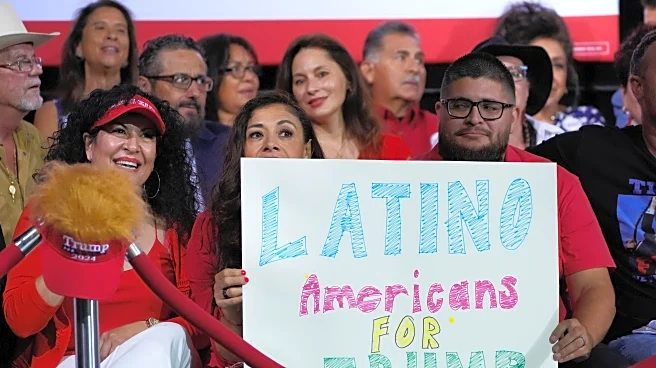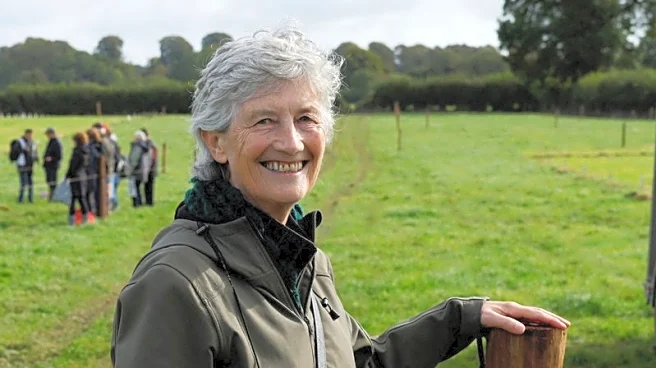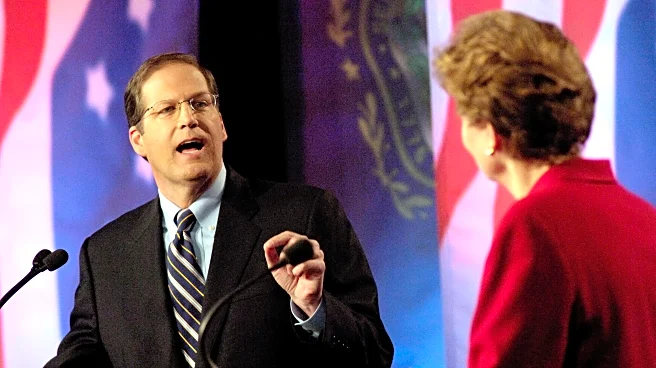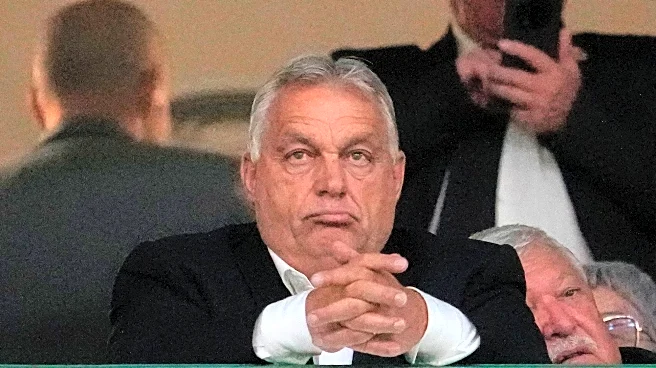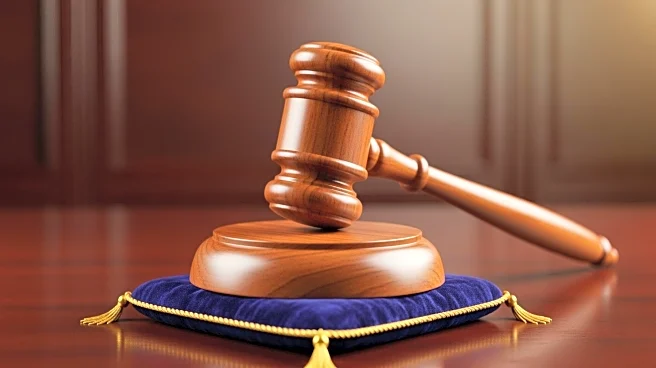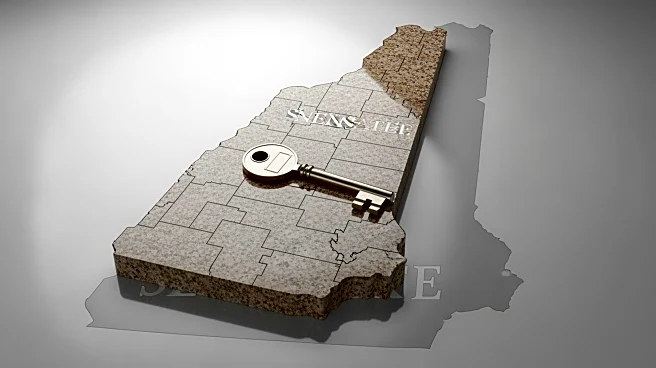What's Happening?
The Irish presidential election has concluded, with voters deciding between Catherine Connolly and Heather Humphreys to replace outgoing President Michael D Higgins. The election saw a turnout that may
struggle to reach the record low of just under 40% from the previous election in 2018. Voting took place at approximately 5,500 polling booths across 43 constituencies from 07:00 to 22:00 local time on Friday. The election uses the proportional representation via the single transferable vote (PR-STV) system. Although Jim Gavin withdrew from the race, his name remained on the ballot due to the timing of his withdrawal. Votes cast for Gavin will be transferred to Connolly and Humphreys if necessary. The counting of votes is set to begin at 09:00 local time on Saturday, with the official result expected to be announced at Dublin Castle that evening.
Why It's Important?
The outcome of the Irish presidential election holds significance for the country's political landscape, as it will determine the next head of state. Catherine Connolly, an independent candidate supported by left-leaning parties including Sinn Féin, represents a shift towards more progressive policies. Heather Humphreys, backed by Fine Gael, offers continuity with the current coalition government's approach. The low voter turnout could indicate public disengagement or dissatisfaction with the candidates or political process. The election's result will influence Ireland's domestic and international policies, impacting areas such as social reform, economic strategies, and diplomatic relations.
What's Next?
As the votes are counted, the candidates and their supporters will be closely monitoring the process. The official announcement at Dublin Castle will mark the beginning of the transition period for the new president. Depending on the winner, there may be shifts in policy focus, particularly if Connolly wins, given her support from left-leaning parties. The new president will have the task of addressing voter apathy and engaging the public in political discourse. The election's outcome may also prompt discussions within the coalition government regarding future strategies and alliances.
Beyond the Headlines
The election highlights the challenges of maintaining voter engagement in a democratic process, especially when faced with low turnout. It raises questions about the effectiveness of political campaigns and the ability of candidates to connect with the electorate. The presence of Jim Gavin on the ballot despite his withdrawal underscores the complexities of electoral laws and their impact on the voting process. The election may also reflect broader societal trends in Ireland, such as shifting political allegiances and the role of independent candidates in shaping the country's future.





